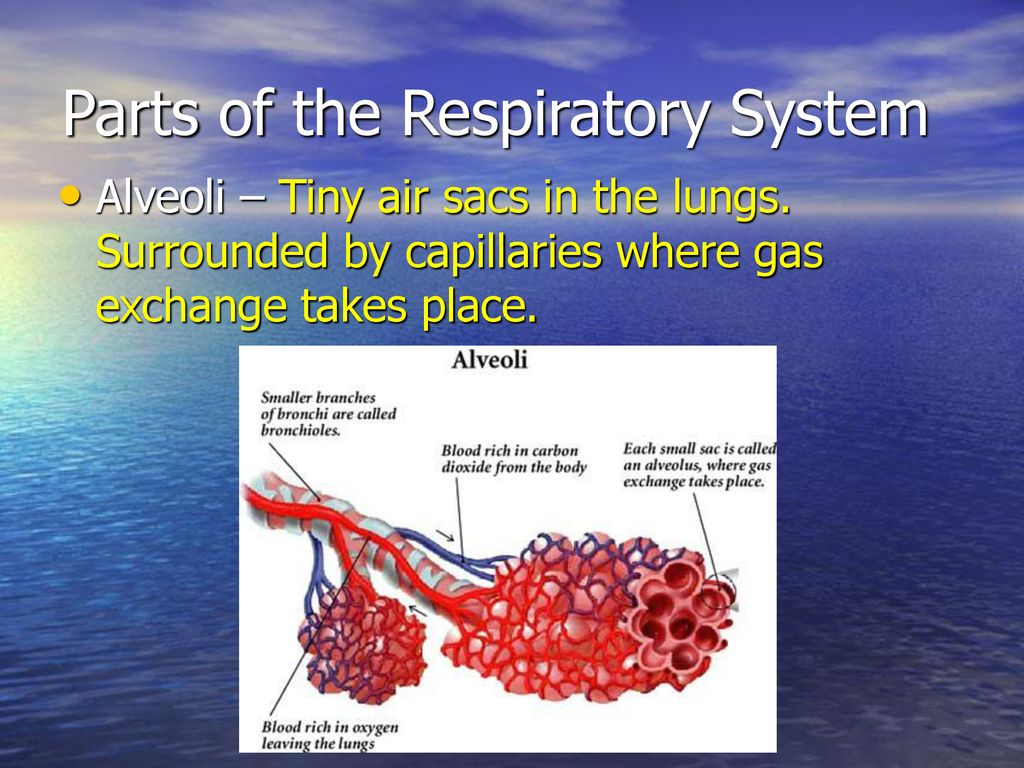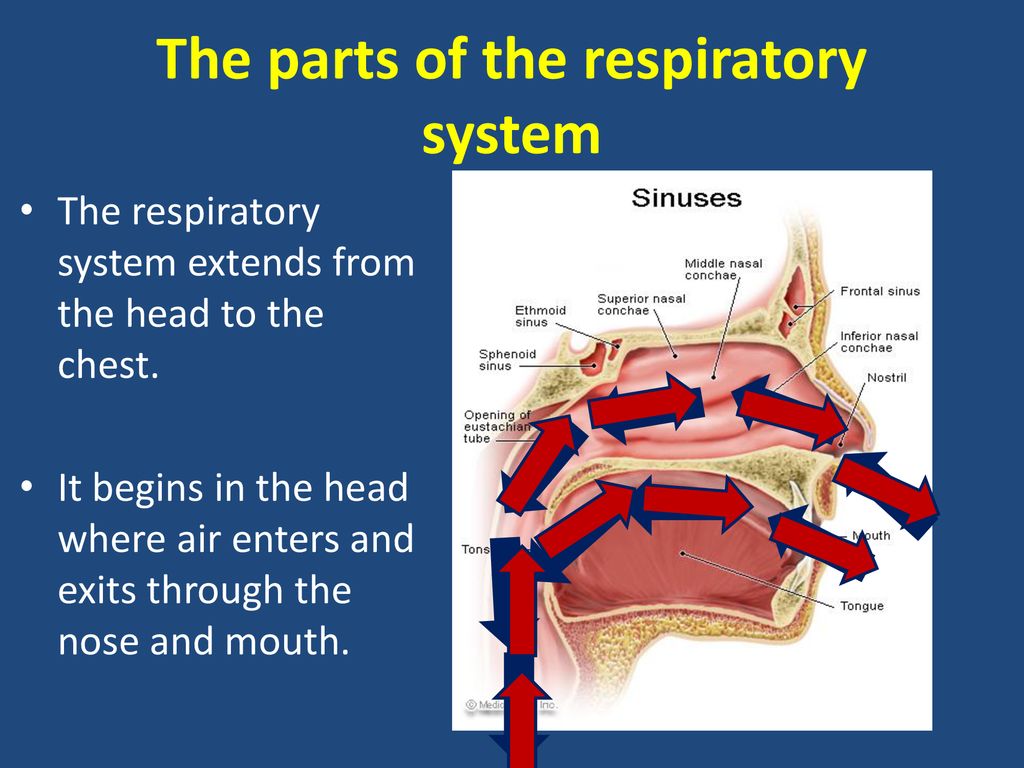Parts of the Respiratory System Biology Diagrams Learn about the anatomy and physiology of the respiratory system, which includes the airways, the lungs, and the muscles of respiration. Find out how they work together to provide oxygen and remove carbon dioxide, and what diseases and illnesses can affect them.

Learn about the structure and function of the human respiratory system, which consists of the nose, pharynx, larynx, trachea, bronchi, and lungs. Find out how air is inhaled, exhaled, and exchanged with the blood, and what are the roles of the upper and lower airways. The major parts of the respiratory system include the upper respiratory tract and the lower respiratory tract. In this article, we'll explore all there is to know about the human respiratory

Respiratory System: Organs, Facts, Anatomy & Function Biology Diagrams
Learn about the respiratory system, the set of organs and tissues involved in gas exchange. Find out how it works, what are its functions, and what are its main parts in humans and other animals.

Learn about the respiratory system diagram, which shows the nose, mouth, pharynx, larynx, trachea, bronchi, and lungs. The respiratory system allows us to breathe and exchange gases between the body and the environment.

Respiratory system: Anatomy and functions Biology Diagrams
Respiratory system. The respiratory system is made up of the organs included in the exchange of oxygen and carbon dioxide. The respiratory system is divided into two areas: the upper respiratory tract and the lower respiratory tract. The upper respiratory tract is made up of the: Nose. Nasal cavity. Mouth. Sinuses. Throat (pharynx)

